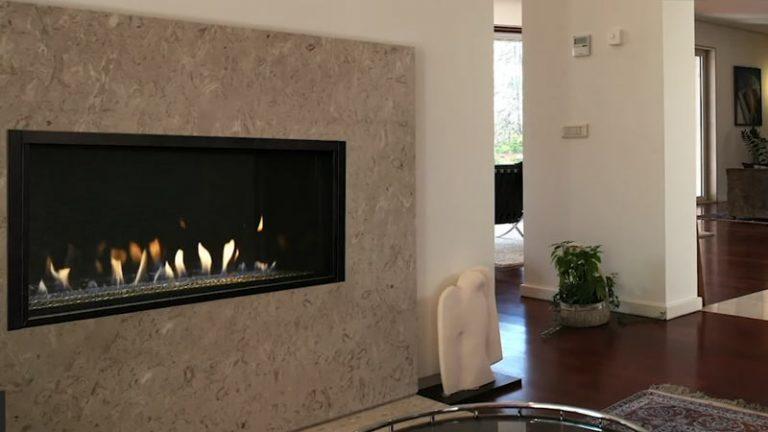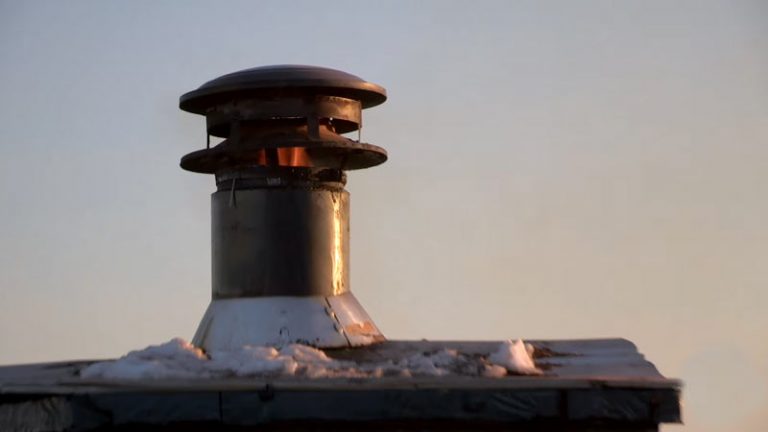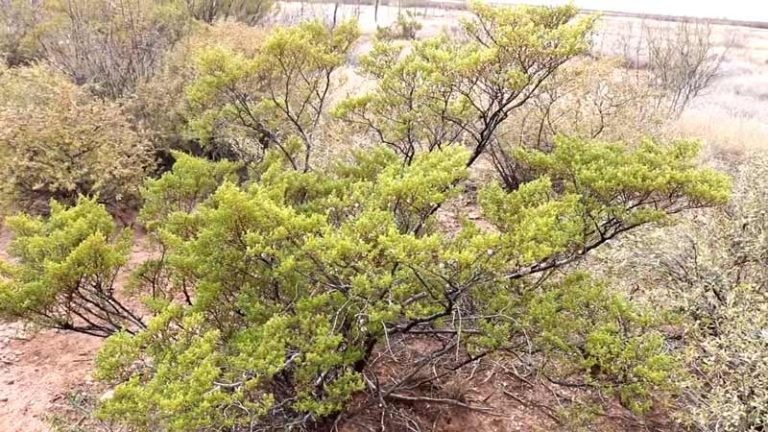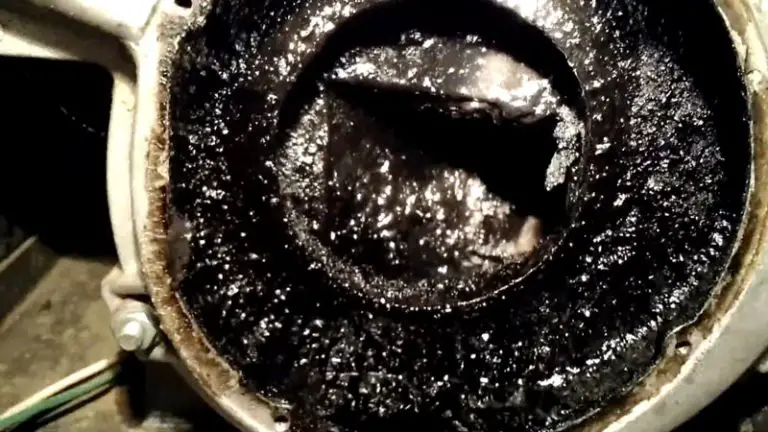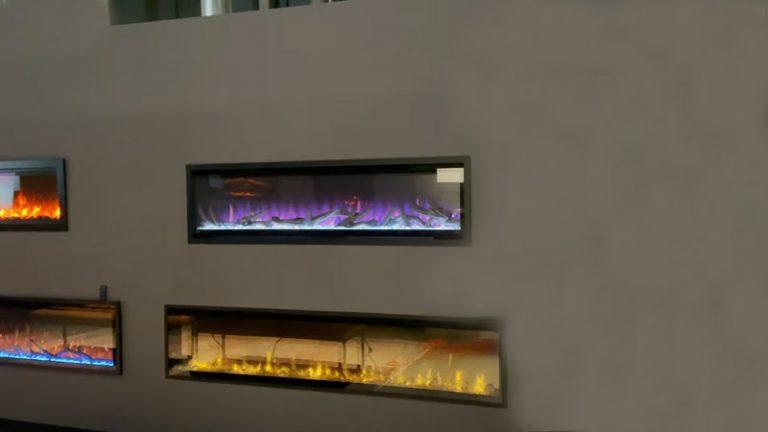Why Is My Log Burner Smelling
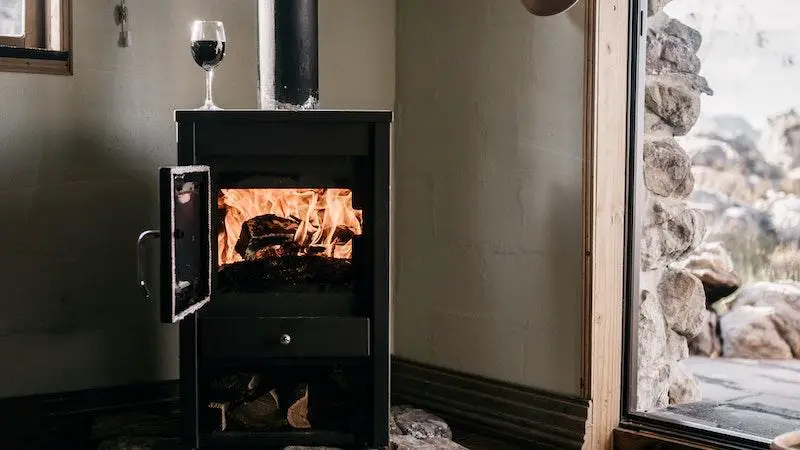
If you notice a smelly stove, don’t panic. The smell will dissipate after the paint has cured. Cleaning and air drying can help get rid of that pesky odor from appliances like stoves or ovens.
Contact your dealer if the problem persists or worsens after following these tips. If all else fails, ask your homeowner’s association for help.
You'll Learn About
Why Is My Log Burner Smelling?
If your kitchen smells bad, there are a few things you can do to fix the problem. Sometimes it’s just a matter of patience. The stove paint will eventually cure, and the smell should dissipate.
If cleaning and airing out your appliance doesn’t work, consider talking to your dealer or homeowner’s association about the issue. In extreme cases, you may need professional help for the odor to go away completely.
1. Damaged or Degraded Flue or Chimney
The combustion air must be protected from the high temperatures in the combustion chamber. If the flue or chimney is damaged, the flue will overheat. This causes the air to heat up and makes the logs smell bad.
A stove with a chimney that doesn’t draw properly can cause the logs to burn too hot or too fast. This can cause the chimney to crack and the flue to burn out. This results in a noisy and unsafe stove.
If your stove is not drawing properly, it could be due to the following issues:
- The chimney is not drawing properly, or the stovepipe is too small.
- The flue is not drawing properly, or the stovepipe is too small.
- The flue or stovepipe is blocked, or the damper is not working.
- The flue or stovepipe is not insulated properly.
- The damper is stuck open.
- The logs are too large for the stove, or the stove is too small.
- The stove is dirty.
- The damper is not fully closed.
2. Gas Leak
A gas leak can be caused by a variety of reasons:
- Rusted or corroded pipes.
- A damaged or improperly attached valve.
- Hot air or exhaust ducts that are not properly sealed.
- Shrinkage or cracking of the appliance caused by a combination of heat and cold.
A gas leak causes a log burner to smell bad. Corroded pipes will develop small holes and cause a slow leak. A damaged or improperly attached valve will allow gas to escape and cause the log burner to smell bad. Hot air or exhaust ducts that are not properly sealed will cause the log burner to smell bad. Shrinkage or cracking of the appliance caused by a combination of heat and cold will cause a log burner to smell bad.
The gas canister, the heating system, and the appliance all have to work together in perfect harmony to create a clean-burning, safe log burner. If any of these components fail, the appliance can be dangerous.
3. Obsessing Over a Normal Smell
It could be a sign of something more serious. Make sure the logs are burning correctly and with enough air supply to avoid any smoke or odor issues. Check your chimney for obstructions that may be causing the smell. If necessary, have it professionally cleaned.
If you’re using an open flame log burner, make sure there is nothing on the grate that can catch fire. This includes leaves, sticks, etc. Try not to use logs that are too dry or old. Finally, keep in mind that some smells are just unavoidable when burning wood. Enjoy the natural aroma while you can.
4. Dirty Stove Paint
If the stove paint is new or has not been used for a while, it will take time to cure. You can speed up the curing process by heating the pot until the paint starts to bead up. Then set it aside to cool.
The smell of burned paint may be due to factors like moisture in the air or dirty ovens. Clean them both first. Once your stove painting is cured, you’ll no longer smell burning oil. However, if there are any spots that need a touch-up, do so right away. They may start smudging after some time passes.
5. Dirty or Dirty Ash or Coal
Dirty ash or coal will cause a log burner to smell bad. Ash can clog the burners and the combustion chamber. Dirty ash or coal can also cause a fire. Smoke from the chimney is a good sign. The chimney should be kept clear of any obstructions that can cause smoke.
A well-insulated chimney will prevent smoke from being released into the atmosphere. Dirty ash or coal will cause a log burner to smell bad. Ash can clog the burners and the combustion chamber.
Clean and Dry
If the appliance is overused, it can create a smoky smell. Cleaning and airing your appliance regularly will get rid of the bad odor. For stubborn smells, you may need to take apart your appliance and clean each part separately.
You should never use harsh chemicals on appliances or wood-burning stoves. They can damage them over time. Finally, make sure that any ventilation around your stove is good. This prevents smoke and fumes from accumulating.
Contact Your Dealer
If the problem persists, contact your dealer or homeowner’s association. These professionals can diagnose and repair any issue.
How Do I Stop My Log Burner From Smelling?
To stop your log burner from smelling, open the fire damper. Smoke & carbon monoxide alarms are a good idea. Make sure all air vents are closed to prevent the smell from spreading.
Keep your burner clean and ash-free to avoid emitting any smoky smells. Use a chimney cap when burning logs to minimize the chance of bad fumes escaping. If this occurs, simply close the vent.
Should You Be Able To Smell Your Log Burner?
If you can smell your log burner, there may be a problem with it. If the burner is not burning properly or if something is blocking the smoke from escaping, this will cause an unpleasant odor.
You should check the logs and ignition system to see what is causing the issue.
Something Wrong With The Burner
If you’re not able to smell your log burner, there is probably something wrong with it.
A faulty burner can cause a number of problems. These include an increase in emissions and a fire in the chimney. If you notice any of the following signs, it may be time to have your log burner checked out: poor heat output, uneven burning, black soot on the outside of the flame, or clogged air filters.
Probably A Fire In The Chimney
If you’ve been unable to smell your log burner and there is still smoke coming from the fireplace, chances are there is a fire inside of it. Make sure to use proper fuel and keep your fireplace clean. Regularly sweep away ash and water droplets.
If these steps aren’t enough and the problem persists, call an expert for help.
You’re Not Using Proper Fuel
Make sure you’re using proper fuel when burning logs outdoors. Otherwise, you may experience issues like reduced heat output or non-existent flames. When choosing a wood-burning stove or grill, choose one that uses natural gas or briquettes instead of propane tanks. They produce less pollution than modern LPG-fueled units.
Additionally, try using green wood. This will result in lower levels of harmful pollutants released during combustion.
Air Temp Outside Is Too Low For Proper Burning
The weather conditions must be perfect before starting up your log setter. If not, adjust the furnace thermostat accordingly.
Why Does My Wood Stove Smell Like Metal?
If you notice a metallic smell coming from your wood stove, it may be because you are overfiring the appliance. Your cast iron stove needs to be seasoned to prevent this kind of problem in the future.
There is a chance that there is an air leak inside your wood-burning stove. This could cause this odor. Make sure to check the condition of your burners every year. Clean any debris buildup if needed.
Why Does My Wood Burning Fireplace Smell?
One of the most common reasons for wood-burning fireplaces to smell bad is because of build-up on the chimney. This can happen over time if you do not clean the fireplace every year or use a special cleaner designed for this type of appliance.
Other causes include problems with the flue or draft system and leaks from the pipe leading from your fireplace to the outside.
Proper Use of a Fireplace Screen
When you use your wood-burning fireplace, it is important to keep the area around the chimney clean.
A dirty chimney can cause dangerous sparks and smoke inside your home. If you don’t have a fireplace, make sure to use an air purifier when venturing outside.
Checking and Adjusting Fire Logs
Fireplace logs are essential for proper combustion in a wood-burning appliance like a fireplace or stovetop grill.
Keep them properly seasoned and adjusted to burn evenly. This creates enough heat to generate warmth without emitting excessive sparks or smoke particles.
Maintaining Your Wood Burner
Regular maintenance on your wood burner will help keep it running smoothly. It will also prevent any potential safety hazards.
Check all grease seals, cleaning valves, gas supply lines, spark arrestors (if applicable), blower wheels, etc., at least once per year. This ensures optimal performance.
What Does Burnt Creosote Smell Like?
Creosote smells like smoke or burning wood. It can be a byproduct of combustion. If you see creosote on the walls or ceiling after fireworks are doused, it may indicate an infestation on your property.
If cleaning creosote residue is difficult or impossible, it could lead to damage to your home if not cleaned properly. Black sooty residue all over ceilings, walls, and floors indicates an infestation. A strong smell means it’s harmful to those who suffer from sensitivities.
Finally, if you cannot remove Creosote from your property even with professional help, you may need to seek advice from a specialist regarding the situation.
How Do You Get The Smell Out Of A Wood Burning Fireplace?
If you smell something unpleasant coming from your wood-burning fireplace, there is a good chance the smell is coming from the chimney. The smoke and soot created when you burn logs or other materials in a fire get trapped in the chimney.
Over time, this can cause the walls of the chimney to become coated with soot and ash. This will then give off an unpleasant smell. To get rid of this smell, first clean out all of the debris that has built up inside your fireplace. You can do this by using a broom and dustpan or a vacuum cleaner.
Once everything has been cleaned up, seal any cracks or holes in your fireplace’s roofline using silicone caulk or mortar joint compound. This will help prevent more dirt, ash, or smoke from getting into your house and causing an odor problem. If the smell of smoke is coming from your wood-burning fireplace, there are a few things you can do to try and fix the issue.
The first thing you should check is whether the fireplace is properly lit. If it isn’t, adjust the damper as needed to get proper airflow through the firebox. You should also keep all flammable materials away from the fire at all times. This includes items like newspapers and magazines, which can easily catch on fire and cause serious damage to your home.
Another way to help reduce the smell of smoke coming from your wood-burning fireplace is by using water and vinegar together as a cleaning solution. Mix one cup of vinegar with two cups of water before spraying it onto areas around the fireplace where there’s dirt or ash buildup.
Be sure to ventilate the area well after cleaning for the best results. Finally, if this problem persists despite following these tips, it may be time to consider getting a new wood-burning fireplace altogether.
However, before making any drastic decisions, consult with an expert to ensure that replacing your current unit will solve your issues – not create them.
To Recap
There are a few potential causes for the smell of a burning log burner. Each one will require a different solution. One common cause is an insufficient supply of oxygen to the fire. This can be remedied by adding more wood or opening up the chimney.
Another problem could be carbon buildup in the combustion chamber. This can be cleared by using a gas-fired stove with automatic cleaning features. Finally, smells from other components in your home, such as furniture polish or pets, may blend together and give off this odor when burned on logs.
In all cases, consult your homeowner’s insurance policy to see if there are any specific coverage requirements for your particular type of log burner.

